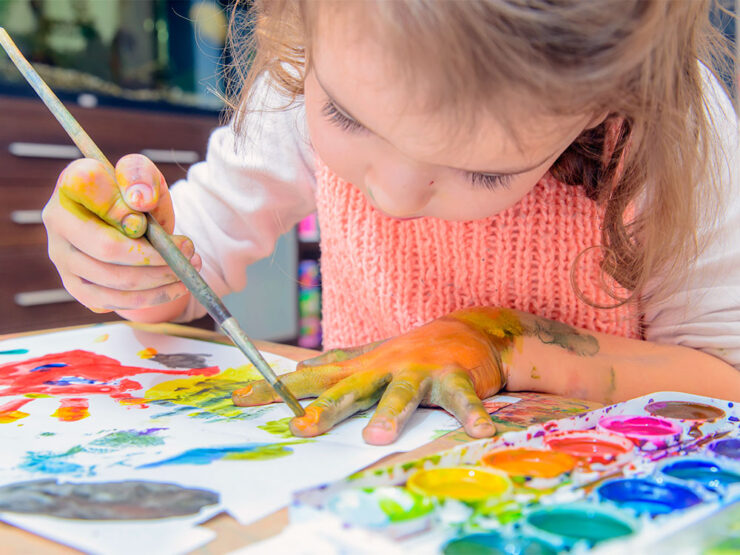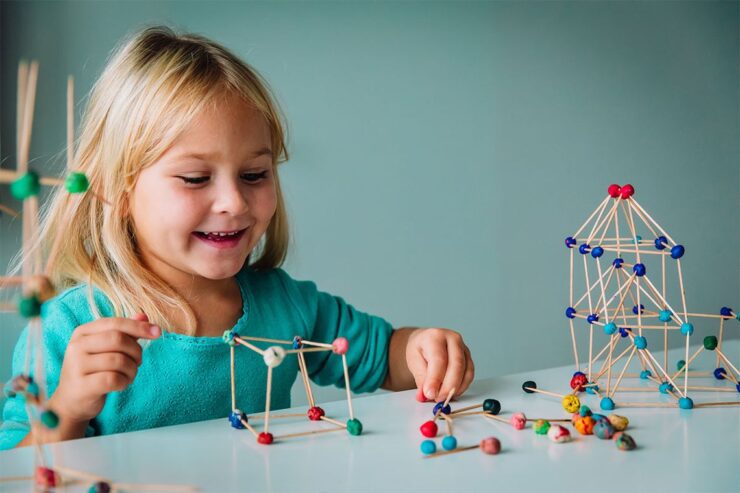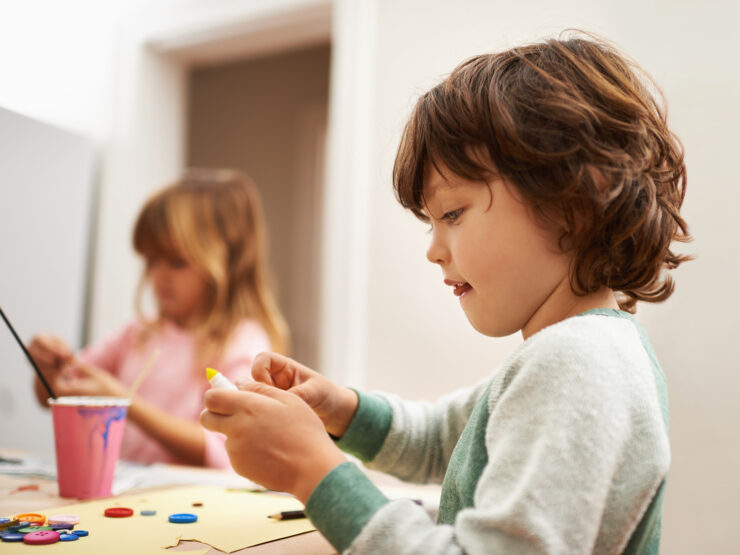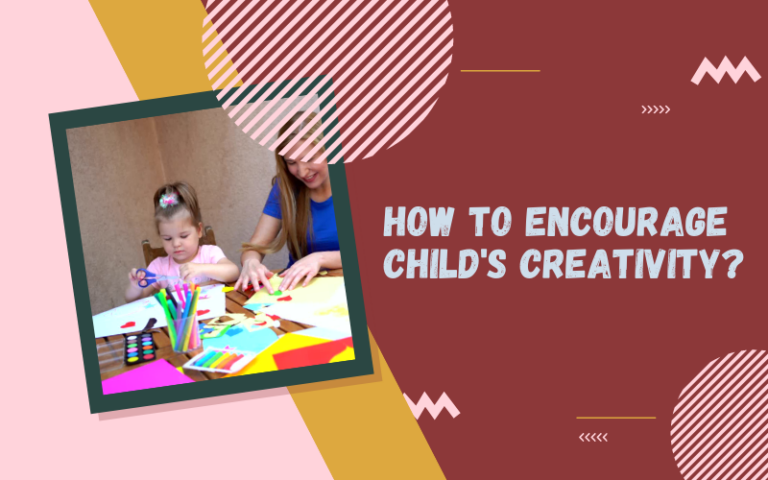I heard a really interesting podcast the other day. In it, a famous musician said that he believed that the key to happiness is to have both physical outlets and creative outlets to express yourself. While I think that there’s a lot more to it than just that (healthy family relationships, helping others, contributing to your community, etc) it did get me thinking a lot about creativity, and what that means for our children.
Creative outlets seem to be something that most of our formal education systems have not only forgotten about, but they try to beat it out of us. Children have naturally imaginative and inquisitive minds, but our schools often force us to sit still, obey, memorize and repeat. This sucks a lot of that energy out of our little ones, and the odd child who has a flair for art or who has an amazing image is seen as an exception, a rare talent or a prodigy.
But really, it shouldn’t be this way. I firmly believe that all human beings have the ability to be creative inside them, it just needs to be encouraged. And like every good thing, it needs to start at home.
Why Does Creativity in Children Need to be Fostered?

A great Educator once said ‘Regard man as a mine rich in gems of inestimable value. Education can, alone, cause it to reveal its treasures, and enable mankind to benefit there from’. I agree. In the case of being creative, we all have the capacity to be original, to solve problems, to use imagination, to think outside of the box, and produce, create and express. But just as the gems in the mine need to be dug up and refined, the potential in our children to be creative needs to be encouraged and fostered.
How does creativity benefit our kids?

Critical thinkers – creative children think outside the box. They question everything, they investigate everything, and they like to solve problems. These attributes will help them throughout every phase of their lives.
Innovators – creative children know that they don’t have to follow the status quo. They know that there are other ways of doing things just waiting to be discovered.
Emotional outlets – We all need some kind of creative outlets to let off steam, and kids are no different in this regard. In fact, as kids have less language skills and powers of expression than adults, letting out their emotional creatively is very important.
Making friends – kids bond with each other very strongly through creating together, and being creative can be a wonderful way to make friends for children. It could be playing music together, or taking part in a school play, joining a club or doing some volunteering work.
How to Foster Creativity

Free and imaginative play – It’s easy to fall into the trap of thinking that creativity in kids is all about arts, crafts and music, but it goes much deeper than that. Simply giving your children free play time lets them use their imagination and creativity. Rather than structuring everything for them, give them the space to come up with their own fun. Children will naturally, whether on their own or with friends, gravitate towards making their own games, acting out their own stories and inventing their own characters. Give them the time to do this.
Less screen time – don’t get me wrong here. TV and movies can be great as entertainment and as education for our kids. But are they ever going to exercise their own creative impulses if they spend all day glued to the screen? Doctors recommend limiting screen time to a few hours a day for kids anyway, so geek a limit on the TV and the video games and encourage them to be productive afterward.
Fun activities – whether it’s making snowmen, drawing pictures in the sand, or letting them decorate cookies you’ve baked, as a parent you can come up with all kinds of cool and fun activities that your kids can flex their creative muscles in. Give them a basic framework, and leave the rest to them.
Reading – Whether it is reading bedtime stories to younger kids or encouraging older ones to read on their own, the benefits of reading for children are numerous and overwhelming. Whether its learning about the world through National Geographic or exploring other worlds through fiction, books will open their minds and imaginations as well as greatly help their literacy skills.
Resources – making sure that your little ones have access to all kinds of materials and cool stuff that will let them be imaginative is a must for raising creative kids. Whatever you decide to have, from arts and crafts supplies, musical instruments, costumes, make sure your kids can use it and let them decide how they use it, within boundaries of course. We’re not suggesting you let your child paint pictures on the walls.
Exposure – Let your child see, hear, taste and smell as much of the world as they can. Take them to museums, art galleries, village fairs, sporting events, and historical buildings. Bring them to concerts and music recitals. Let them see plays. Go camping. Have them go fishing with their grandpa. Climb mountains together. Let them see the world in all its colors!

